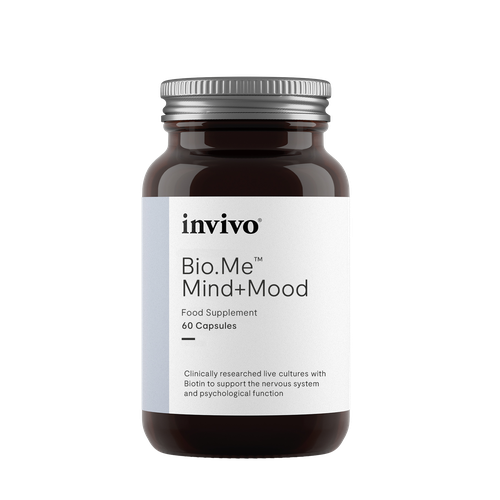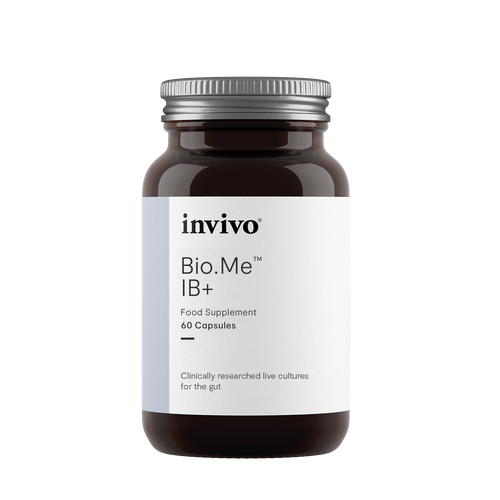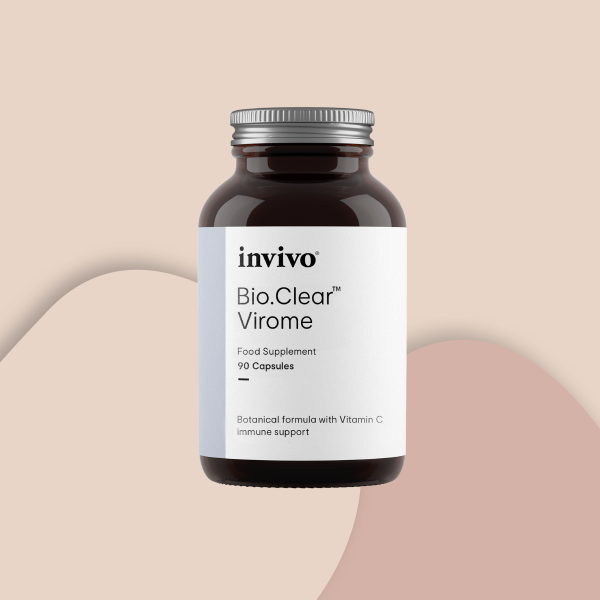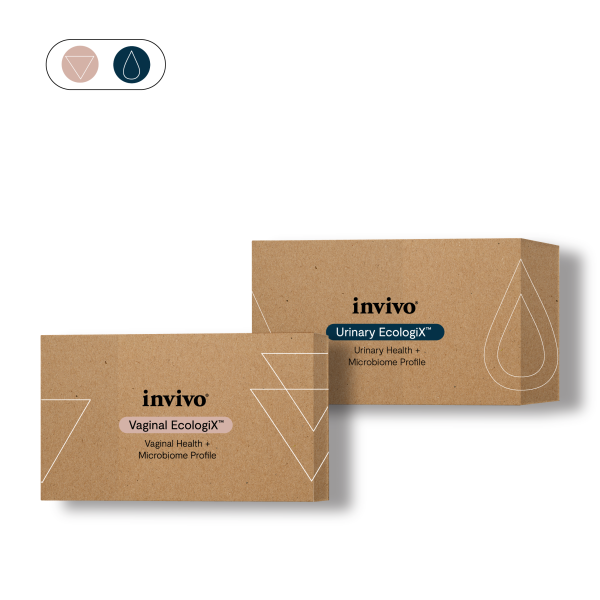The Global Fertility Challenge
We are in the thick of a fertility crisis. The Office for National Statistics (ONS) found that live births in England and Wales decreased by over 12% from 2012 to 2019 and that the total fertility rate (TFR) for Wales was the lowest in 2019 since records began in 19821. A similar story is echoed on a global scale. A 2020 publication by researchers from the University of Washington published in The Lancet showed that the global fertility rate is falling. It nearly halved in 2017 and is projected to fall further by 21002. A multitude of social, economic, cultural, and health factors have likely contributed to this trend, ranging from improved access to sexual education and contraception as discussed by the authors of this study, to declining sperm quality3. The implications of this trend are broad and challenging, not least the toll on the emotional wellbeing of those who deeply wish to have a family but are struggling to. It is this individual burden which we observe on a daily basis in clinical practice and work hard to relieve.
Meeting the Global Fertility Challenge
Reassuringly, our understanding of the drivers of male and female infertility, and crucially, how we can modulate these to improve health outcomes, grows by the day thanks to the volume of cutting-edge research being conducted in this area. To add to our existing knowledge base about how to improve fertility, including the importance of folate to support methylation4,5, stress and weight management6,7, reduced exposure to environmental toxicants8,9, and increased intake of zinc to support sperm and egg quality10,11 recent research has highlighted the formative impact of the oral microbiome (the collection of microbes living within the oral cavity) on fertility12–14. Every health issue is driven by a multitude of factors – akin to a jigsaw puzzle composed of many pieces – and oral health is one such factor when it comes to fertility.
For many years, it was believed that what happens in the mouth, stays in the mouth, and that oral health issues, such as periodontitis, were localised and had little to no systemic health impact. The opposite is now known to be true. Oral health and specifically, the composition of the oral microbiome, impacts the health of our entire body, including the cardiovascular, nervous, and reproductive systems given its connection with cardiovascular disease and Alzheimer’s15 as well as fertility challenges as mentioned above.
To build momentum about this important, yet under-appreciated aspect of fertility support, this article focuses on the intimate relationship between the oral microbiome and fertility and how optimisation of oral health is a tool that we can harness to help us to reach our personal family goals.
The Oral Microbiome and Female Reproductive Health
Periodontal disease (or periodontitis) is a prevalent oral health condition which has been estimated to affect 20-50% of the global population and is regarded as one of the greatest threats to oral health16. It is characterised by chronic inflammation of the periodontium (the tissues which surround and support the teeth), driven by development of a dysbiotic microbial community in the oral cavity. This community is usually composed of classic ‘Red Complex’ periodontal pathogens such as Porphyromonas gingivalis, Tannerella forsythia, and Treponema denticola17. This final pathogenic phase of oral dysbiosis is usually preceded by overgrowth of ‘Orange Complex’ commensal bacteria (or ‘bridge-species’), such as Fusobacterium nucleatum, which create an environment in the oral cavity which makes it easier for pathogens to colonise, not least through the development of biofilms18,19.
Development of this dysbiotic microbial community is exacerbated by a range of factors, not least poor dental hygiene20 smoking (potentially vaping too)21, and blood glucose dysregulation22 which eventually leads to tooth loss. Early signs and symptoms to be aware of include swollen gums which bleed easily and halitosis (bad breath). Periodontal disease is significantly associated with various systemic conditions, including cardiovascular disease23 rheumatoid arthritis (RA)24, type 2 diabetes25, as well as fertility challenges which we’re going to explore further in this article, starting with female fertility:
- Conception: the chronic low-grade inflammation present in the gums of those with periodontal disease can increase inflammation throughout the body (e.g. interleukin-1). This, in turn, can go on to prevent ovulation through inhibition of the hormone signalling required to trigger ovulation – gonadotropic releasing hormone (GnRH) and luteinising hormone-releasing hormone (LHRH). In fact, periodontal disease may lengthen the time to conceive by a staggering c. 2 months26.
- Pregnancy outcomes: periodontal disease is associated with a range of negative pregnancy outcomes, including miscarriages, preterm birth, and low birth weight. This may partly be driven by translocation of oral bacteria and/or their by-products into maternal circulation, which may then cross the placenta, reach the foetus, and stimulate an inflammatory response in the foetus. In turn, this may increase the risk of miscarriage or premature birth27. Oral bacteria, notably the aforementioned Fusobacterium nucleatum which is a common microbial driver of periodontal disease, has been identified in the amniotic fluid and placenta of woman who have experienced a premature delivery, which deepens our understanding of the association between oral and female reproductive health28.
Fusobacterium nucleatum can be screened for in an oral microbiome test, alongside other bacterial drivers of periodontal disease. It can also be detected by a comprehensive private stool test, which usually forms part of a comprehensive pre-conceptual protocol, which can then provide an important indicator that investigation and optimisation of the oral microbiome is required to further optimise a woman’s fertility, since this microbe is usually derived the mouth.
Dysbiosis of the vaginal microbiota is also associated with fertility challenges and worthy of investigation. Bacterial vaginosis (BV), for example, is a common vaginal condition driven by the overgrowth of anaerobic bacteria in the vagina such as Prevotella bivia and Gardnerella vaginalis, which is associated with preterm birth29. Nurturing all three microbiome sites – oral, vaginal, and gastrointestinal – should therefore be an integral aspect of integrative pre-conceptual care.
The Oral Microbiome and Male Reproductive Health
Periodontal disease has also been shown to negatively impact male reproductive health:
- Sperm health: men with periodontal disease have been shown to have poor sperm quality, including sperm with poor motility30. The intimate relationship between oral health and male reproductive health has been further elucidated by identification of oral pathogenic bacteria in the semen of men with fertility issues31.
- Erectile function: men with periodontal disease have been shown to be 2.85 times more likely to experience erectile dysfunction32. An erection is caused by an increased flow of blood to the penis following sexual arousal, facilitated by increased production of nitric oxide (NO) in the local blood vessels which allows them to dilate, increasing blood flow. Chronic inflammation, which can be derived from the oral cavity as in the case of periodontal disease, may inhibit NO signalling and thus, drive erectile dysfunction33.
This chronic low-grade inflammation can also come from many other sources, compounding the issue further, including the gut. A preliminary study into sexual function in men with inflammatory bowel disease (IBD), for example, found that 94% had erectile dysfunction34. Optimisation of gut, as well as oral, health is therefore another important goal when supporting male fertility.
Supporting the Oral-Reproductive Connection
On behalf of the Clinical Education team here at Invivo Healthcare, I can say that it is our privilege to work closely with Healthcare Providers who specialise in an integrative approach to supporting male and female fertility. Their specialism could not be more necessary amidst growing awareness of the global fertility crisis that we face.
The research is clear. A healthy mouth is a cornerstone of systemic health, including fertility. In fact, the World Health Organisation (WHO) acknowledged the intimate connection between oral health, general health, and quality of life back in 200735. Interventions to support oral health and the composition of the oral microbiota therefore deserve pride of place in clinical strategies to improve fertility, especially for those with:
- Pre-existing dental issues such as periodontal disease, including early signs such as bleeding gums.
- A history of difficulty conceiving, adverse pregnancy outcomes, poor sperm quality, and erectile dysfunction.
Leading dentist, Dr Victoria Sampson, has kindly shared her top tips to maintain a healthy oral microbiota in this article. Some of our top tips include:
- Visiting the dentist regularly
- Testing your oral microbiome to reveal the degree and nature of oral dysbiosis to facilitate targeted interventions, as guided by a Healthcare Provider. For the most advanced microbiome assessment currently available, bearing in mind the impact of oral as well as gastrointestinal and vaginal dysbiosis on compromised fertility, assessment of the oral, gastrointestinal and/or vaginal microbiome together can be a cornerstone of cutting-edge, integrative approaches to supporting fertility. For heterosexual couples, microbiome assessment of both the male and female can be ideal to enhance the efficacy of therapeutic interventions by preventing the transfer of pathogenic/pathobiont microbes in either direction. Comprehensive microbiome assessment of both partners in same sex couples can be important to support them on their baby journey too, depending on the route which they wish to take.
- Daily use of a well-researched probiotic mouthwash with demonstrated efficacy for rebalancing the oral microbiome. In vitro research (human clinical trial data is currently in process) has shown that the Winclove Smile Probiotic blend of nine probiotic strains (Bifidobacterium bifidum W23, Bifidobacterium breve W25, Bifidobacterium lactis W51, Enterococcus faecium W54, Lactobacillus plantarum W21, Lactobacillus rhamnosus W71, Lactobacillus salivarius W24 and -W57, and Streptococcus thermophilus W69) can inhibit oral pathogenic bacteria such as Aggregatibacter actinomycetemcomitans, Fusobacterium nucleatum, Porphyromonas gingivalis, and Prevotella intermedia as well as the formation of biofilms in the mouth which otherwise facilitate overgrowth of these bacteria and reduce local inflammation by stimulating production of anti-inflammatory interleukin-10.
- Nutrient support is another crucial aspect of supporting oral health, including vitamin A, D, E, K, C, and zinc which collectively help to support the integrity and inflammatory status of the oral mucosa36. Vitamin C supplementation, for example, may improve the outcomes of periodontal therapy37.
Oral health is an easily modifiable risk factor for compromised fertility. Now is the time for it to receive the attention that it deserves.





